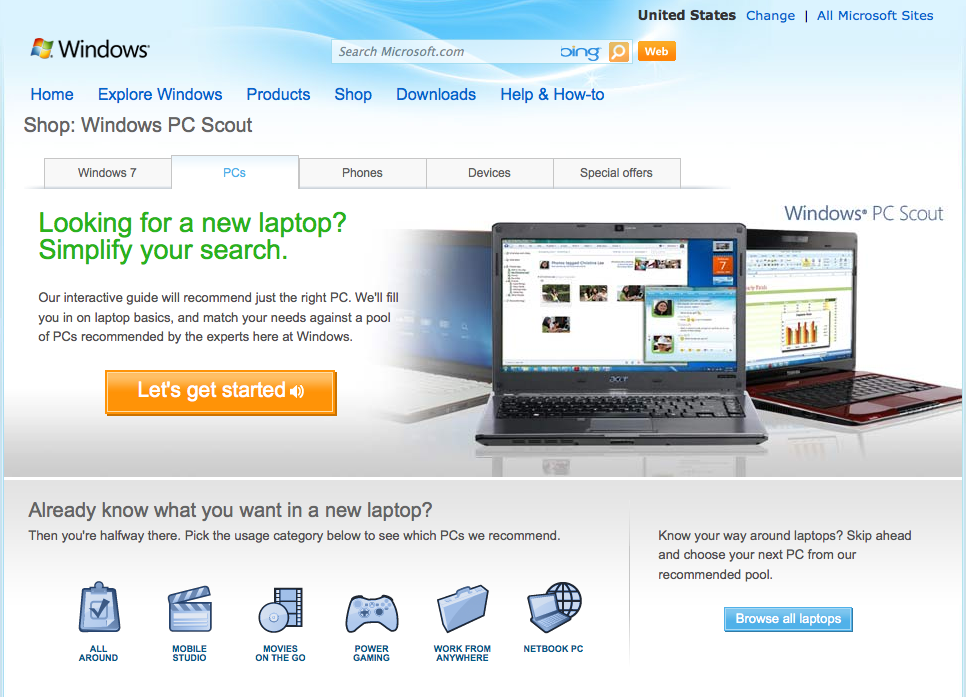Earlier this week I had the wonderful experience of being interviewed via twitter! No, not for a job, but to participate in ExactTarget's ET Café twitter chat interview series featured on their blog, a true honor.
The ET Café twitter interview series brings thought leaders together with digital marketers to talk about subjects of interest, and engage on the fly through the questions and answer - a really fun and fluid experience.
At my place of employment, ethology, we concentrate on working with “challenger brands” – those who are challenging leaders in their space for market share. In this interview, we discussed the concept, and explored opportunities for challenger brands today in digital. The following is a transcript of the questions and answer portion. ExactTarget did a great write-up of the session and created a Storify of the entire session including the live interaction with digital marketers (thank you Candice!). Please enjoy!
1. Q - What is a challenger brand? #ETCafe
a. @ethology defines challenger brands as those in position, and with the desire, to give category leaders a run for their money online #ETCafe
2. Q - What advantages do challenger brands have in digital? #ETCafe
a. A1 While seemingly illogical, success in digital, especially in earned & owned, is more dependent on relevance & effort than cache #ETCafe
b. A2 In many verticals, we still see lackadaisical leaders who rely on brand popularity and media because it's easy and has worked #ETCafe
c. A3 Challenger brands can out hustle leaders in areas where time and participation matter to create a competitive advantage #ETCafe
3. Can’t category leaders simply outspend challengers? Especially in media? #ETCafe
a. A1–Absolutely, BUT media contributes to awareness & amplification, & if content/context lacks, so does loyalty & media ROI #ETCafe
b. A2–Further, successful digital programs require time: planning, participation, testing & real desire, things you must build v. buy #ETCafe
4. Where specifically are leading brands exposed? Where should challengers start? #ETCafe
a. A1–A few themes are important in this discussion: relevance, community, effort & desire. #ETCafe
b. A2-If a challenger brand can beat a leader in any combination of these, it typically translates to shifts in market share #ETCafe
c. A3–First, do comprehensive research to make sure you truly understand your target audiences’ behavior, interest points, and needs #ETCafe
d. A4–Search, social, & your analytics provide deep data that will allow you to be contextually relevant as a community member #ETCafe
e. A5–These sources can tell you a lot about common interest points, vernacular, media types, & content demand #ETCafe
f. A6-Often, you can out customer service leaders by owning the content/conversation around all FAQs. Create #Youtility per @JayBaer #ETCafe
g. A7-Pro-tip, if you don’t have a centralized content strategy, now is the time. Goal: improve user experience & tactical integration #ETCafe
h. A8-We audit hundreds of company’s digital executions annually, & few, even leaders, have taken this step #ETCafe
i. A9–Tactically, it’s best to look for earned & owned opportunities first: content, search, social, local, mobile & email #ETCafe
j. A10–Honestly audit your efforts in terms of best practice & alignment with audience needs. Are you best in class? #ETCafe
k. A11-Then stack rank your opportunities based on potential ROI & create a realistic plan: resources, timing, process, accountability #ETCafe
l. A12–A big deal, make sure your plan & ops integrate around content & like tactics. Most leaders suffer from silos in execution #ETCafe
m. A13-Finally, with media, you can’t outspend leaders, but you can be more efficient & create better ROI #ETCafe
n. A14-If you’re promoting more relevant, higher quality, content & user experiences, your media will truly integrate & work harder #ETCafe
5. What industries do you see the largest opportunities in? #ETCafe
a. A1-Retail, hospitality, finance/insurance, & healthcare are verticals where we see opportunity for challengers, but there are many more #ETCafe
b. A2-All generally have execution silos, & most suffer from old business models with passive online practices ripe for disruption #ETCafe
c. A3-Regardless of industry, look for areas where leaders are relying on traditional brand promotion & media v. putting in the work #ETCafe
d. A4-Challengers may not have the biggest budgets, but they can out hustle leaders & the community will reward them for doing so #ETCafe
6. Where can challenger brands get help? #ETCafe
a. A1–Absolutely check out @ethology’s webinars and events on our site. We have a great local webinar next week live from #SXSW #ETCafe
b. A2-Of course, helping challenger brands evolve & disrupt digitally is what @ethology does for a living #ETCafe
c. A3-We’ve also done related webinars with @JayBaer, @jkrohrs & @GaryVee you can access from our site #ETCafe
d. A4– @JayBaer philosophies align nicely with standard challenger needs. Read #Youtility if you haven’t #ETCafe
e. A5- @Jkrohrs new book @AudiencePro is powerful as well. The practice of investing in audience is something few companies are doing #ETCafe
f. A6- @JayBaer and @jkrohrs can also be heard on the amazing #SocialPros podcast, my industry favorite hands down #ETCafe
g. A7- @Forrester @SharVanBoskirk has some great research coming out around the process of benchmarking digital prowess & evolving #ETCafe
h. A8-And if going to #SXSW hit me up for a chat @ethology is sponsoring a few events -OMMA Mar 7-8, & SODA/Econsultancy on Mar 10 #ETCafe
Note that some of the referenced past decks can be found here on Slideshare




 [/caption]
[/caption]



